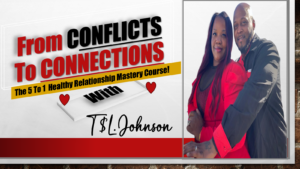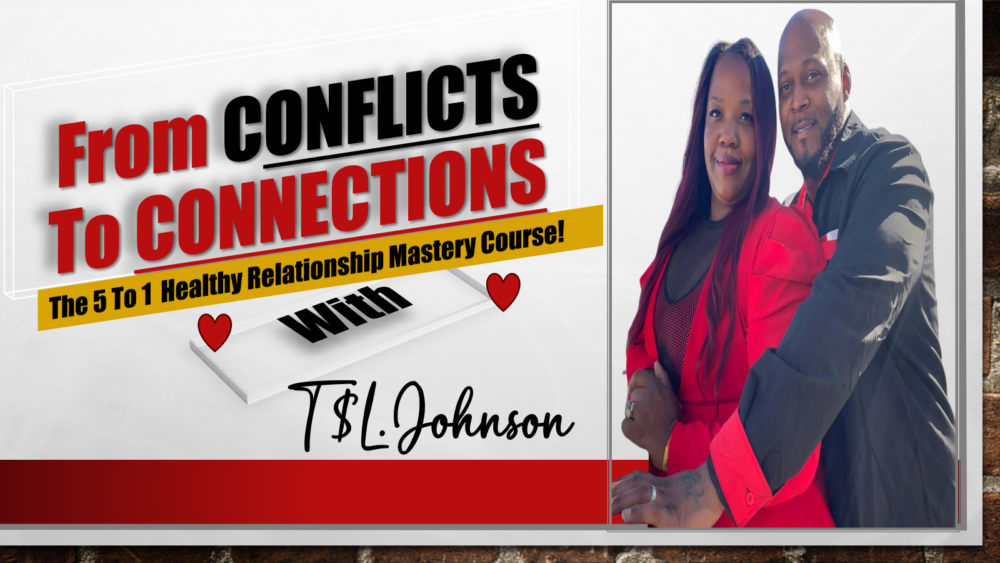Understanding What It Means to Hold Space
Defining Holding Space
When I first heard about the concept of holding space, I thought it was just a fancy way to say “being there” for someone. But it’s much deeper than that. Holding space means creating a safe and supportive environment where someone can express their feelings, fears, and hopes without judgment. It’s about actively listening and making it clear that you’re there for them, no matter what.
Imagine you’re with a friend who’s going through it—maybe they lost their job or are dealing with a breakup. Instead of trying to fix things or offer unsolicited advice, holding space means simply being present. You’re not trying to solve their problems; you’re offering them a sanctuary where they can unpack their emotions freely.
This act can be incredibly powerful. When we hold space, we allow our loved ones to truly feel their feelings. They get to explore the depths of their experiences and emerge stronger, knowing they weren’t alone in their struggles.
Create a Safe Environment
Setting the Physical Space
One of the first steps in holding space is to create a comfortable physical environment. Whether it’s your living room or a cozy café, the location matters. I’ve found that having a calm atmosphere—soft lighting, comforting scents, and a relaxed vibe—can make all the difference. It’s all about making your loved one feel at ease so they can open up.
Think about it this way: when you’re chit-chatting, it’s easy to feel distracted or pressured if the surroundings are chaotic. A tidy space can help minimize those distractions. I love putting on some soothing music or lighting a candle when I’m having these deep conversations; it just sets the tone perfectly.
Also, consider being mindful about the seating arrangement. Sitting close but at a comfortable distance can make the person feel safe. It shows that you’re there for them and ready to listen, which is essential for this whole holding space gig.
Practice Active Listening
Be Present in the Moment
To really hold space, you’ve got to master the art of active listening. This means giving your full attention—putting down the phone, maintaining eye contact, and nodding or responding to acknowledge their feelings. I can’t stress enough how much this matters. When people feel truly heard, it can be a transformative experience for them.
Often, we rush to give advice or share our own stories thinking it might help. But sometimes just listening is the best gift we can offer. It’s okay to hold back your opinions until the person feels completely comfortable sharing. Trust me, they’ll appreciate that you chose to listen, not lecture.
One technique that works wonders is reflecting back what you hear. Paraphrasing or summarizing what they’ve said shows you’re processing their thoughts and feelings. Something simple, like, “So, you’re feeling overwhelmed by your workload,” can encourage them to share even more.
Offer Compassion, Not Solutions
Empathy Over Advice
This may be one of the hardest parts of holding space: resisting the urge to solve the problem. Trust me, I’ve been there. When a friend shares their struggles, my instinct is to jump into fixer mode. But I’ve learned that often, what they really need is my compassion, not my solutions.

By offering empathy, I let them know that it’s okay to feel what they’re feeling. You can say things like, “That sounds really tough; I’m here for you.” These words affirm their feelings instead of diminishing them. It’s validating, and it shows that you’re on their side.
Sometimes, your loved one just wants to vent or share their worries. In those moments, a simple, “I’m really sorry you’re going through this,” can go a long way. It reassures them they have your support without the pressure of needing to “fix” anything right away.
Maintain Boundaries for Yourself
Know Your Limits
Oh boy, this one is crucial! It’s so easy to get wrapped up in someone else’s emotions that we can lose ourselves in the process. I can tell you from experience that holding space shouldn’t come at the expense of your own well-being. It’s important to maintain boundaries, allowing you to be present without feeling overwhelmed.
Setting boundaries doesn’t mean being cold or dismissive; it simply means you recognize your own needs. I sometimes tell my friends, “I can listen right now, but I may need to take a break if things get too heavy.” This honesty allows me to be there for them while also taking care of my own emotional health.
Another way to maintain boundaries is to have an exit plan for tough sessions. If I realize that the conversation is veering into a place that feels too emotionally charged, I’ll suggest we take a little break or move on to a lighter topic. It’s crucial to recognize when you might need to step back.
FAQs
1. What does it mean to hold space for someone?
Holding space means offering a safe and supportive environment for someone to express their emotions without judgment. It’s about being present and listening, rather than offering solutions or advice.
2. How can I create a comfortable physical space?
To create a comfortable space, choose a quiet location, pay attention to the lighting, and maybe play some soothing music. Physical comfort is key to helping someone feel at ease.
3. What can I do if I’m overwhelmed while holding space?
If you begin to feel overwhelmed, it’s essential to communicate your feelings. You can pause the conversation or suggest taking a break when necessary to protect your own emotional health.
4. Is it okay to give advice when holding space?
While it’s tempting to give advice, true holding space is about offering empathy instead. Sometimes, people just need to be heard rather than fixed. Listen first, and offer advice only if asked.
5. How can I practice active listening?
To practice active listening, maintain eye contact, use affirming gestures, and paraphrase what the person has said to show you’re engaged. This technique makes them feel valued and understood.

Schedule Your First 20-Minute Coaching
Call With Us Today to see if we fit . You pick the price!
Click Here






